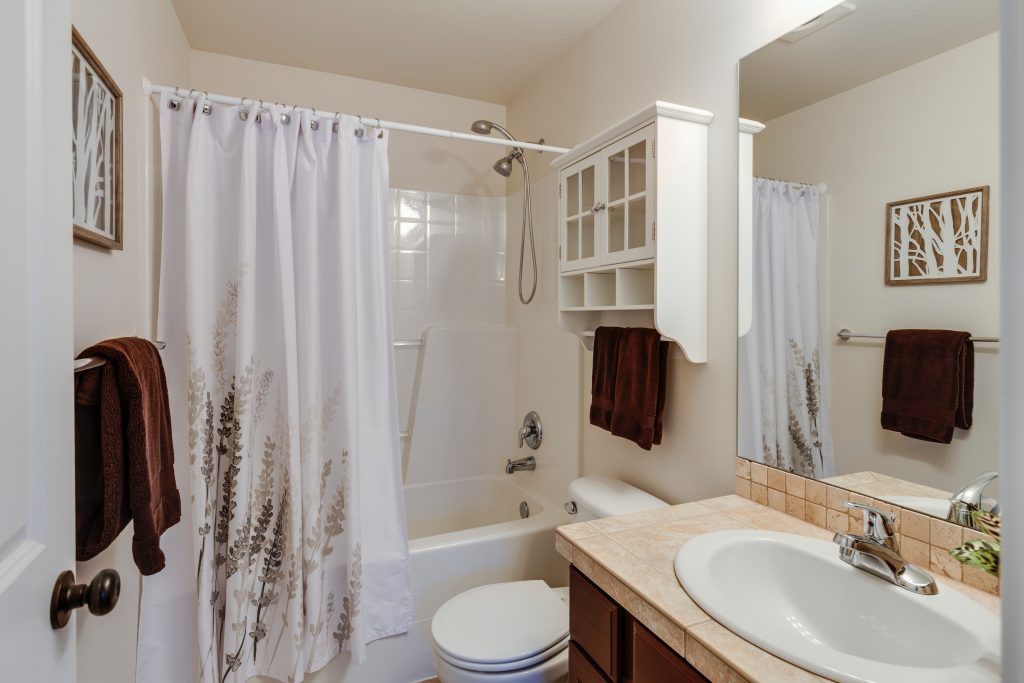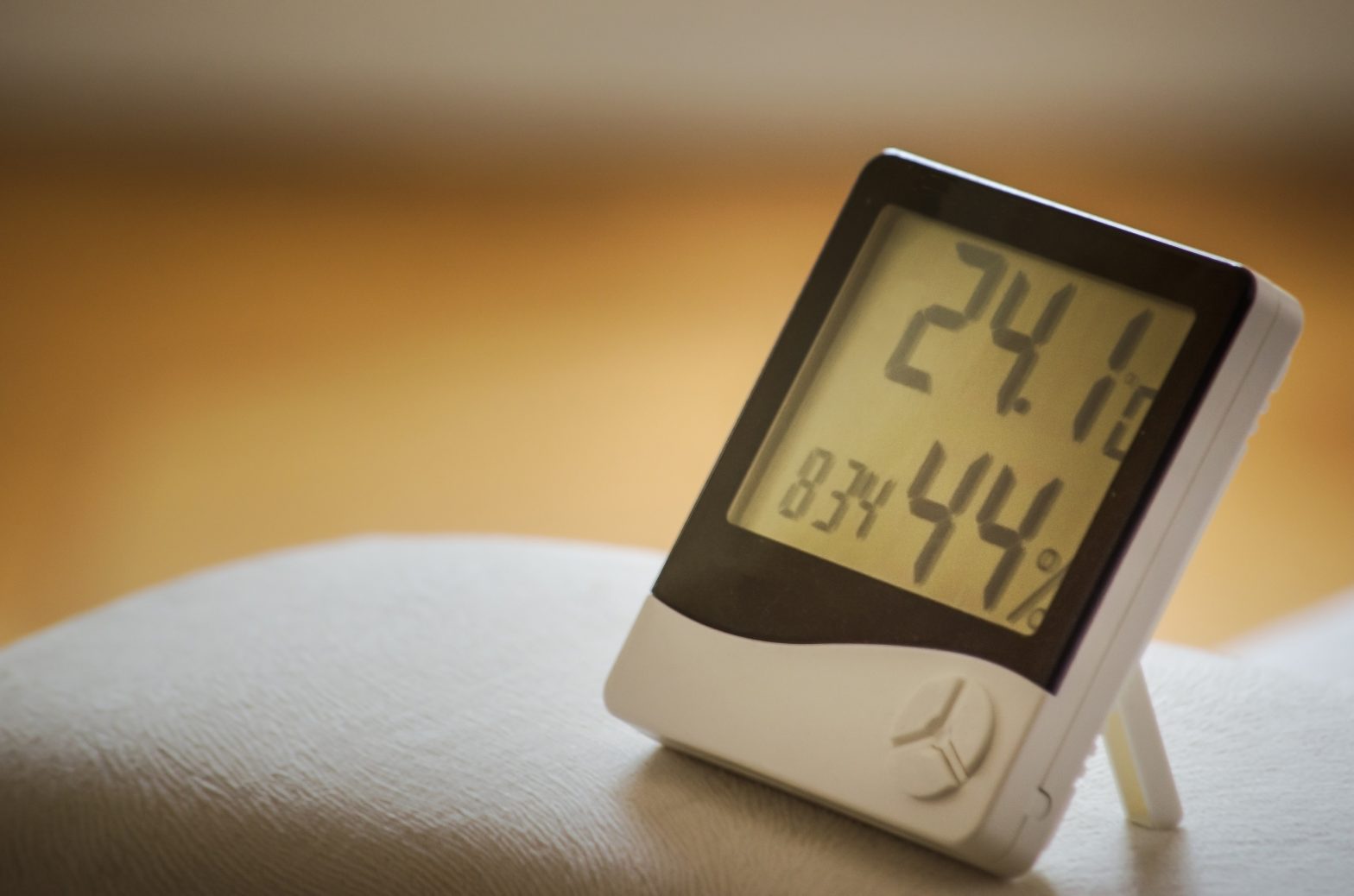Humidity is not just a factor to consider when spending time outdoors during the summer in New England. Humidity and homeownership should be considered, too. Understanding the humidity of your home is critical for maintaining the health of your home’s air and your family.
What should the humidity be in your house? According to the EPA, the ideal relative humidity should be between 30%-50%.
Humidity and the Risks
- Moisture and Mold Growth Go Hand in Hand
- Respiratory Illness
- Home Deterioration

Moisture and Mold Growth Go Hand in Hand
When humidity levels are high, the perfect environment is created for mold and fungus growth. Inside your home, this causes a huge risk to air quality and safety. Most at risk are the areas where moisture is already common like bathrooms and laundry rooms that are already susceptible to moisture accumulation as a result of steam and water lines. Mold can also form in places where seals are weak and deteriorating, such as around windows and doors leading to outside the home.
Respiratory Illness
When mold and fungus are present, respiratory illness is likely to follow. On the other hand, too little humidity can be a risk too. For most homeowners North of Boston, this is only a concern in the drier winter months. Too little humidity can cause dry skin, bloody noses, and respiratory irritation.The Mayo Clinic suggests measuring humidity levels, especially for individuals with asthma and allergies.
Home Deterioration
Poor ventilation and too much humidity are a troublesome combination. According to the US Consumer Product Safety Commission, signs of too much moisture include “condensation on windows or walls, smelly or stuffy air, dirty central heating and air cooling equipment, and in areas where books, shoes, or other items become moldy.” If you see mold or smell mildew, these are key indicators that a problem is present.

Maintaining Relative Humidity of 30%-50%
To maintain the ideal relative humidity, there are a few options:
1. Install Dehumidifiers
Consider a whole-house dehumidifier, sized for your home. Regular maintenance is important to ensure the dehumidifier is performing adequately.
2. Increase Ventilation
Be sure to turn on exhaust fans in the kitchen and bathrooms. In rooms without exhaust fans where humidity might be an issue, consider adding stand-up fans or open windows.
3. Testing Indoor Air Quality Often
Testing the indoor air quality of your home regularly is a great way to remain vigilant about air purity. Especially during summer, when humidity is high, air quality tests can provide helpful indicators of the health of your home’s air. For an introduction to air quality tests, look here.
Reach out to our team to talk about the indoor air quality solutions that are best for your home.
If your question isn’t answered here, contact the Pierce Refrigeration team and one of our experts will guide you in finding your solution.
Need 24-7 emergency service? Looking for advice on improving your everyday air quality and comfort at home and at work?
Contact the friendly staff at Pierce Refrigeration at
800-696-1088
info@piercerefrig.com

